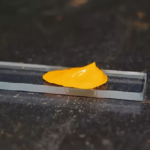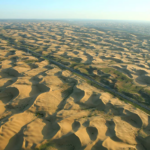Porcelain stoneware is attributed to the list of artificial stones made of natural materials. A wide profile of its use quickly made it popular and in demand. Highly technological material is made of crushed rocks of rocks with the addition of white clay, sand and water.
The material obtained in this way does not have radiation and cracks in the structure of the structure, which distinguishes from natural, which gains all this during the period of formation of growth in nature. The stone unprocessed after the manufacturing process has a rough and non -sliding surface and can ensure safety when used for flooring in rooms of high humidity.
The special properties of homogeneous porcelain tiles provide it with a single structure throughout the plate of the plate. The upper layer is full resemblance to the materials of natural origin. The tile can be outwardly similar to a tree in any of its sections. It is called structured and made in special forms. By laying such a material as the flooring, you externally imitate a parquet of a mass of valuable breeds or some other type. Natural dye will help create any shade.
Flapped tiles after covering the glaze undergo an additional firing. Such options are not recommended for the floor. They are laid on the walls. After grinding, porcelain tiles become similar to the stone, which was the basis for its manufacture. The tile becomes perfectly smooth. If it is not processed, it has a matte shade. This type is used for the floor. They creep out not only in the premises, but also on the street.
When creating a two -layer material, pressing is repeated. In this case, use the upper layer with the addition of the dye, the bottom without it. He is not as durable as homogeneous, but is in demand in all types of finishing work.
Choosing porcelain tiles, you can be sure that the final result will delight everyone.





